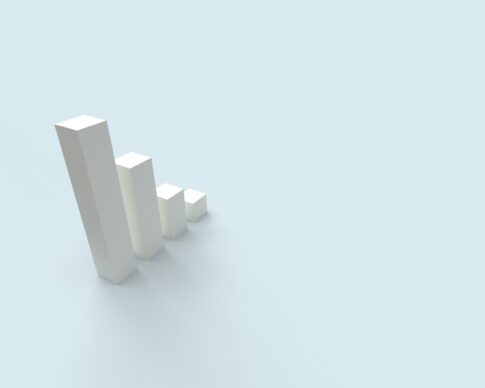Today, I will explain the following website. (AI-generated)
【ドル円の週間見通し】 パウエルFRB議長「時が来た」 ドル安鮮明に 焦点は9月の利下げ幅
Contents
Understanding the Shift in Forex: Powell Signals Easing Cycle
Jerome Powell, the Chairman of the Federal Reserve (Fed), has indicated a shift towards an easing cycle, which could have significant implications for the forex market, particularly the USD/JPY pair. His statement “The time has come for policy to adjust” suggests a move away from inflation containment to supporting the economy and labor market. This anticipated policy shift is stirring expectations of a weaker dollar trend.
The Implications of Powell’s Statement on “The Time Has Come”
Powell’s remarks at the Jackson Hole Symposium have signaled a pivot in the Fed’s focus from inflation control to bolstering economic growth and employment. This change in stance is likely to result in a softer dollar, as markets begin to price in a more accommodative monetary policy. The extent of the Fed’s rate cuts, particularly in the upcoming September meeting, remains a focal point for investors.
How the Anticipated Easing Cycle May Affect the USD/JPY Pair
The easing cycle expected to begin post-September’s Federal Open Market Committee (FOMC) meeting could lead to a narrowing of the interest rate differential between the US and Japan. This scenario is likely to exert downward pressure on the USD/JPY pair, as traders adjust their positions in anticipation of lower US interest rates.
Key Economic Indicators to Watch Post-Powell’s Speech
Investors should closely monitor upcoming economic indicators, such as the Personal Consumption Expenditures Price Index (PCE Deflator) and the Consumer Confidence Index. These data points will provide insights into the Fed’s likelihood of implementing significant rate cuts and could sway the USD/JPY’s trajectory.
Deciphering the Fed’s Next Move: September’s Rate Cut Prospects
The FedWatch Tool by CME Group has become a valuable resource for gauging market expectations of Fed rate moves. Recent fluctuations in the tool’s probabilities reflect the market’s changing sentiment on the magnitude of the anticipated rate cut in September.
What the FedWatch Tool Tells Us About the Likelihood of a Rate Cut
According to the FedWatch Tool, the likelihood of a 0.5 percentage point rate cut in September has seen significant variation, influenced by Powell’s speech and subsequent economic data. This tool helps traders understand the potential direction of the Fed’s monetary policy.
How Consumer Confidence and Unemployment Claims Influence the Fed’s Decision
Consumer confidence levels and unemployment claims are critical indicators that can influence the Fed’s rate decision. A decline in consumer confidence or an increase in unemployment claims could signal economic headwinds, possibly prompting the Fed to consider more aggressive rate cuts to support the labor market.
Technical Analysis: Charting the Future of USD/JPY
The recent bearish trend in the US dollar has been evident in forex markets, with the USD/JPY pair experiencing downward pressure. Technical analysis can offer insights into future movements of this currency pair.
Understanding the Recent Bearish Trend in the US Dollar
The bearish trend in the US dollar against a basket of major currencies has been reflected in the Dollar Index (DXY), which has approached yearly lows. The trend suggests a shift in market sentiment that may continue to influence the USD/JPY pair.
Key Support and Resistance Levels to Monitor This Week
Traders should watch for key support and resistance levels in the USD/JPY pair, as breaking through these levels could indicate potential trend reversals or continuations. The pair’s response to these levels could provide trading opportunities.
Technical Indicators and Their Predictive Power on Currency Movements
Technical indicators such as the Stochastic Oscillator and Relative Strength Index (RSI) can provide predictive insights into currency movements. For USD/JPY, these indicators may suggest whether the pair is oversold or overbought, guiding traders on potential entry and exit points.












